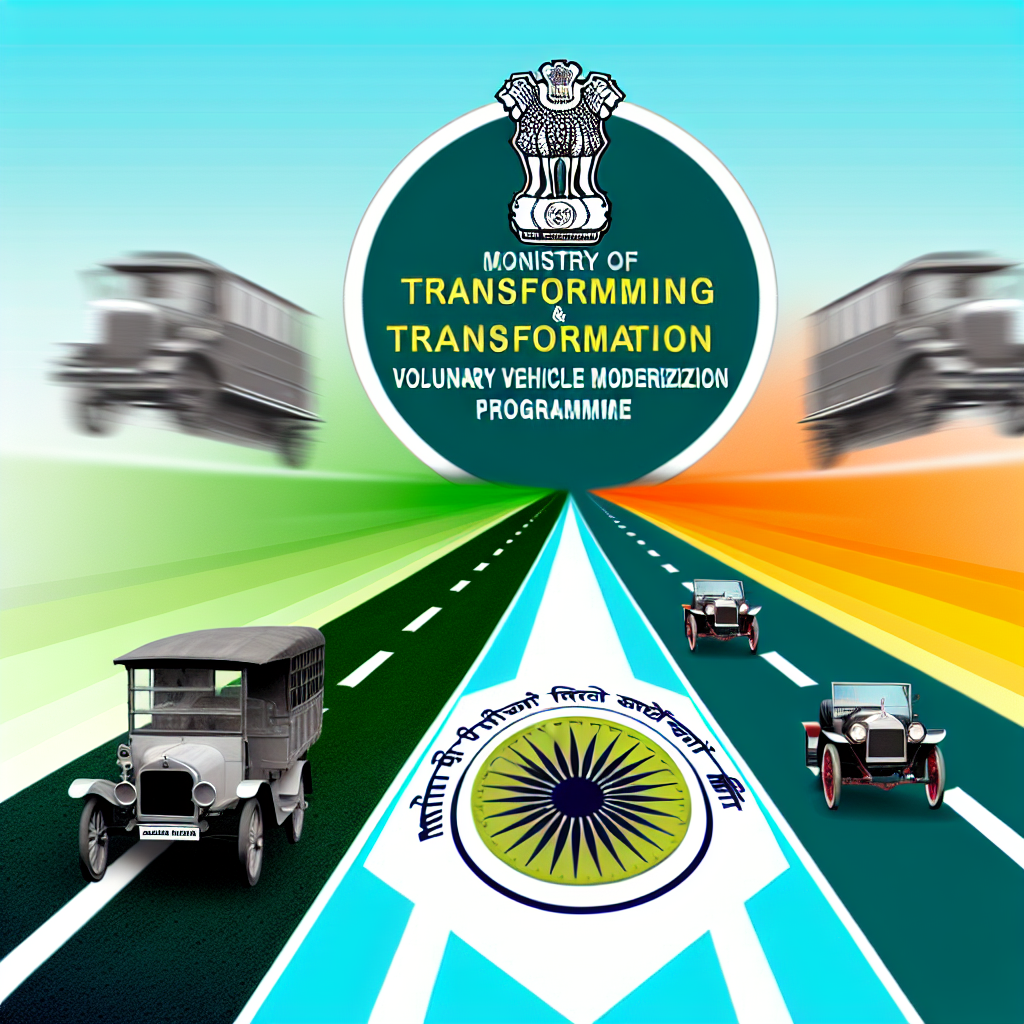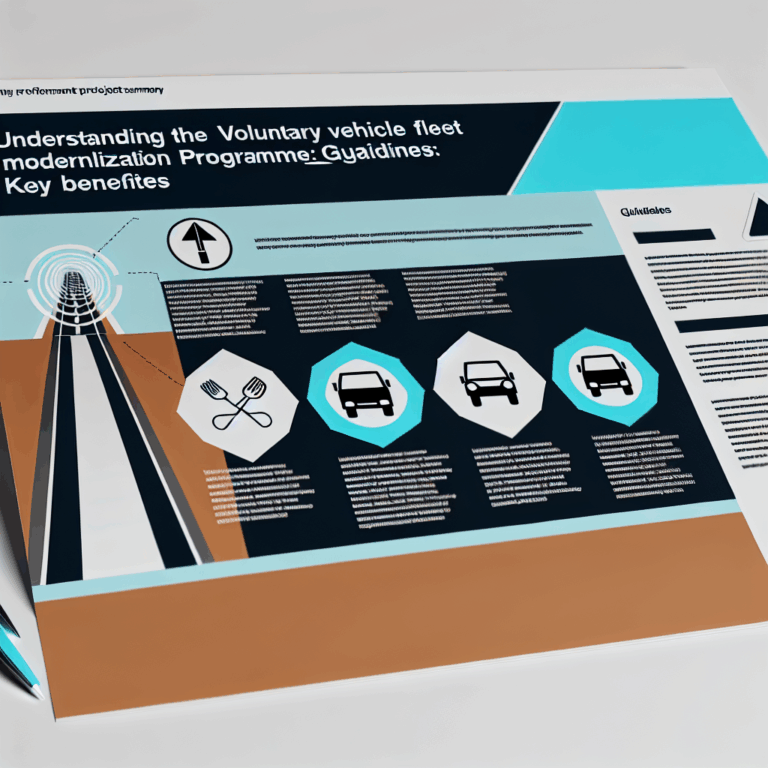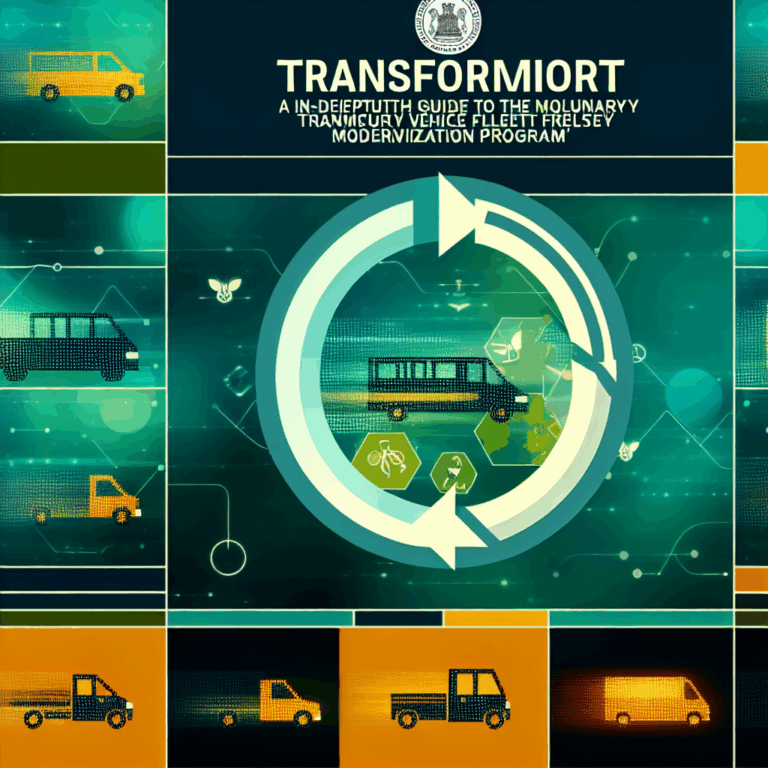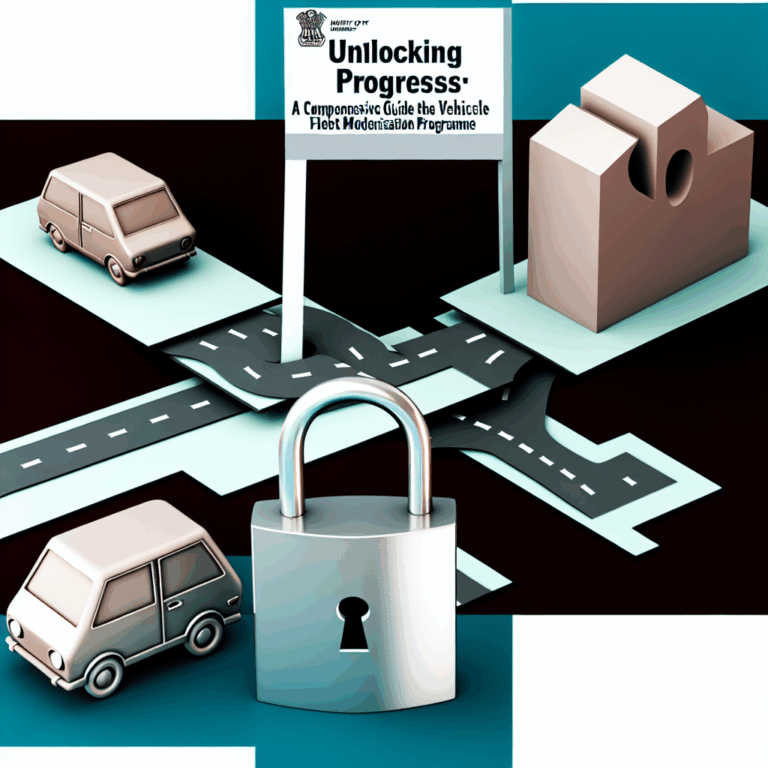Copyright @ 2023 www.digimitr.com. All rights reserved.

Transforming India’s Transportation: A Deep Dive into the Ministry of Road Transport & Highways’ Voluntary Vehicle Fleet Modernization Programme
Learn about the details of the government scheme titled “Transforming India’s Transportation: A Deep Dive into the Ministry of Road Transport & Highways’ Voluntary Vehicle Fleet Modernization Programme”. This initiative is overseen by the relevant ministry and aims on delivering benefits to eligible beneficiaries.
Here is a comprehensive overview:
India’s transportation system plays a pivotal role in its economic growth and development. Among the numerous initiatives aimed at improving this system, the Ministry of Road Transport and Highways (MoRTH) has launched the Voluntary Vehicle Fleet Modernization Programme (VVMP). This program seeks to rejuvenate the existing fleet of vehicles on the Indian roads, focusing on enhancing road safety, reducing pollution, and promoting the adoption of advanced technologies.
Eligibility Criteria
The VVMP is designed to accommodate a wide range of vehicles, making it inclusive in its approach. To be eligible, vehicles must generally fall within specific age limits, typically targeting older vehicles ranging from 10 to 15 years old. Private operators, commercial vehicle owners, and public transport operators are all encouraged to participate in the program. Additionally, to prevent discrimination, provisions have been made to include those from economically backward sections, ensuring they are also benefitted by the modernization process.
Key Features and Benefits
One of the hallmarks of the VVMP is its focus on enhancing vehicle efficiency and safety. Here are some of its key features and resultant benefits:
- Incentives for Scrapping: Owners of older vehicles are offered substantial financial incentives for opting to scrap their vehicles. This encourages the timely removal of polluting vehicles from the roads.
- Promotion of New Technology: The program promotes the use of electric vehicles, hybrid models, and vehicles equipped with advanced safety technologies. By doing so, it aims to reduce carbon footprints and improve overall vehicular safety.
- Job Creation: The modernization of the vehicle fleet is expected to create jobs, both in the manufacturing sector and among service providers who will maintain and operate the new vehicles.
- Environmental Benefits: The introduction of new vehicles will lead to a reduction in vehicular emissions significantly, contributing to cleaner air and a healthier environment.
Application Process
The application process for the VVMP is straightforward, aimed at making participation as easy as possible. Interested parties must follow these steps:
- Online Registration: Vehicle owners need to register online on the MoRTH website, providing necessary details such as vehicle age, type, and ownership.
- Document Submission: Applicants are required to submit documents pertaining to vehicle ownership, registration, and other identity proofs to validate their claims.
- Vehicle Evaluation: Once the application is received and inspected, the Ministry conducts an evaluation to determine eligibility based on the established criteria.
- Incentive Collection: If approved, the vehicle owner will receive financial compensation upon the scrapping of the old vehicle. This amount can then be utilized toward the purchase of a new, modern vehicle.
Funding and Budget
The VVMP has been designed with a robust financial framework to ensure effective implementation. The government has allocated a significant budget to support this program, consisting of both state and central funds. Additionally, public-private partnerships (PPPs) are being encouraged to share the financial burden and foster innovation in the vehicle manufacturing sector. The financial outlay will primarily be directed towards providing incentives for scrappage, promotions, and the necessary infrastructure for supporting new vehicle technologies.
Achievements or Impact
Since its inception, the VVMP has garnered attention for its potential impact on Indian roads. The initiative aims to phase out millions of old vehicles, thereby reducing pollution levels and improving road safety. Early reports indicate a marked increase in the sales of electric and hybrid vehicles, which are becoming increasingly popular among consumers looking for modern, eco-friendly options. The success stories from various states illustrate how scrapping old vehicles has led to improved traffic conditions and reduced accident rates, promoting safer travel.
Challenges
Despite its many benefits, the VVMP has not been without its challenges. One significant barrier is the general resistance among vehicle owners to part with older vehicles that hold sentimental value or have been reliable for years. Additionally, the implementation of the program varies significantly from one state to another, causing inconsistencies in execution and management. Public awareness around the benefits of the program is still low, and many potential beneficiaries remain uninformed about how to access the program effectively.
Recent Updates
In recent months, the MoRTH has announced several updates to the VVMP, including enhanced financial incentives for vehicle owners willing to scrap their old vehicles. There has also been a concerted effort to engage more stakeholders, especially in rural areas, to ensure that the program reaches every corner of the nation. Digital platforms are being utilized to streamline the application process further, making participation easier and more accessible for the general public.
Conclusion
The Voluntary Vehicle Fleet Modernization Programme is a forward-thinking initiative that reflects India’s commitment to improving transportation while addressing pressing environmental issues. As the nation continues to modernize its infrastructure, programs like the VVMP are essential for paving the way for a more sustainable and safe future. By fostering a culture of vehicle modernization, India is poised to not only upgrade its transport sector but also enhance the quality of life for its citizens.
1. How does the Voluntary Vehicle Fleet Modernization Programme work?
The VVMP incentivizes vehicle owners to scrap their older vehicles in exchange for financial compensation, which can be used to purchase newer, more efficient vehicles. The program aims to phase out older, polluting vehicles while promoting modern technologies.
2. Who is eligible to participate in the VVMP?
Eligibility is primarily targeted at owners of vehicles that are older than 10-15 years. This includes private operators, commercial vehicle owners, and public transport operators, ensuring a broad spectrum of participants.
3. What are the environmental benefits of the VVMP?
By removing older vehicles from the roads, the VVMP aims to significantly reduce vehicular emissions, contributing to improved air quality. The programme promotes eco-friendly vehicles, further supporting India’s goals for sustainable transportation and climate action.
For more information, check out official government site,
Official government website or relevant source not provided.
Stay updated on related schemes and initiatives using hashtags: #Transforming #Indias #Transportation #Deep #Dive #Ministry #Road #Transport #Highways #Voluntary #Vehicle #Fleet #Modernization #Programme
Join the discussion about this scheme in the comments below!





